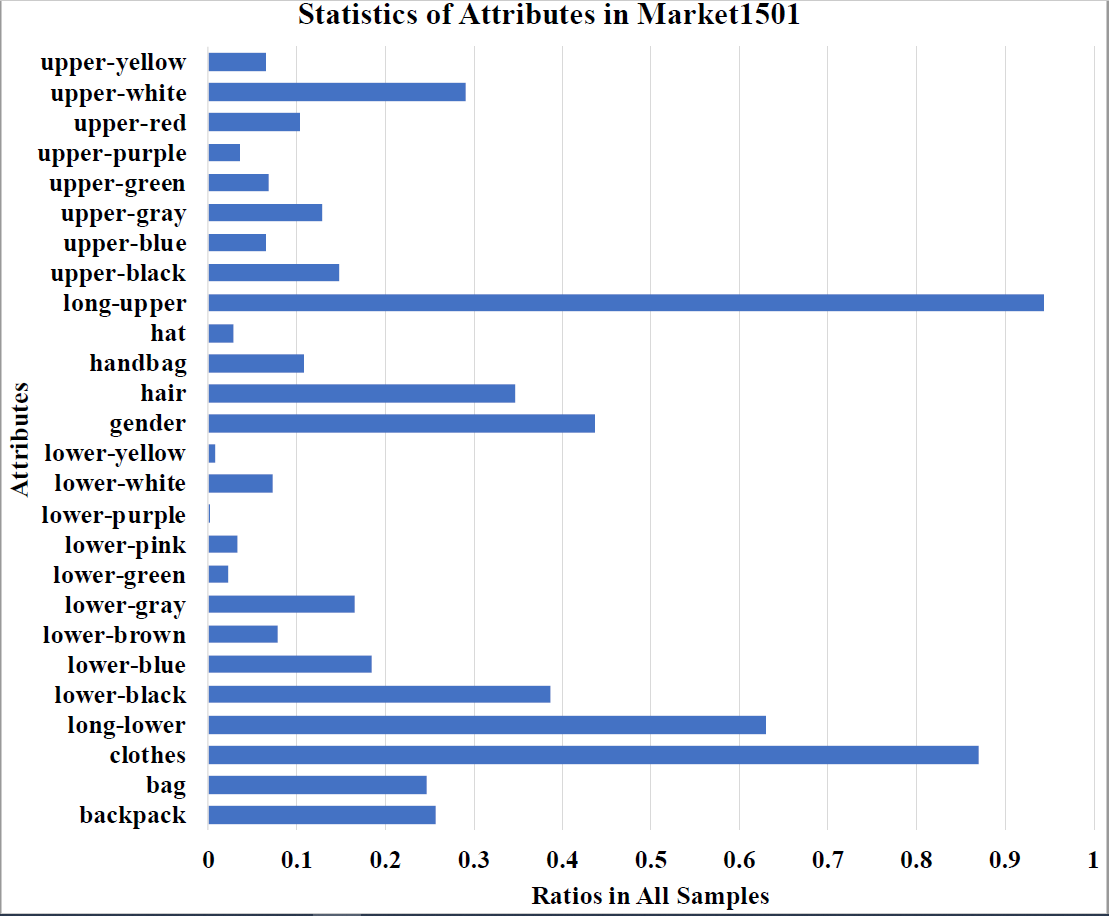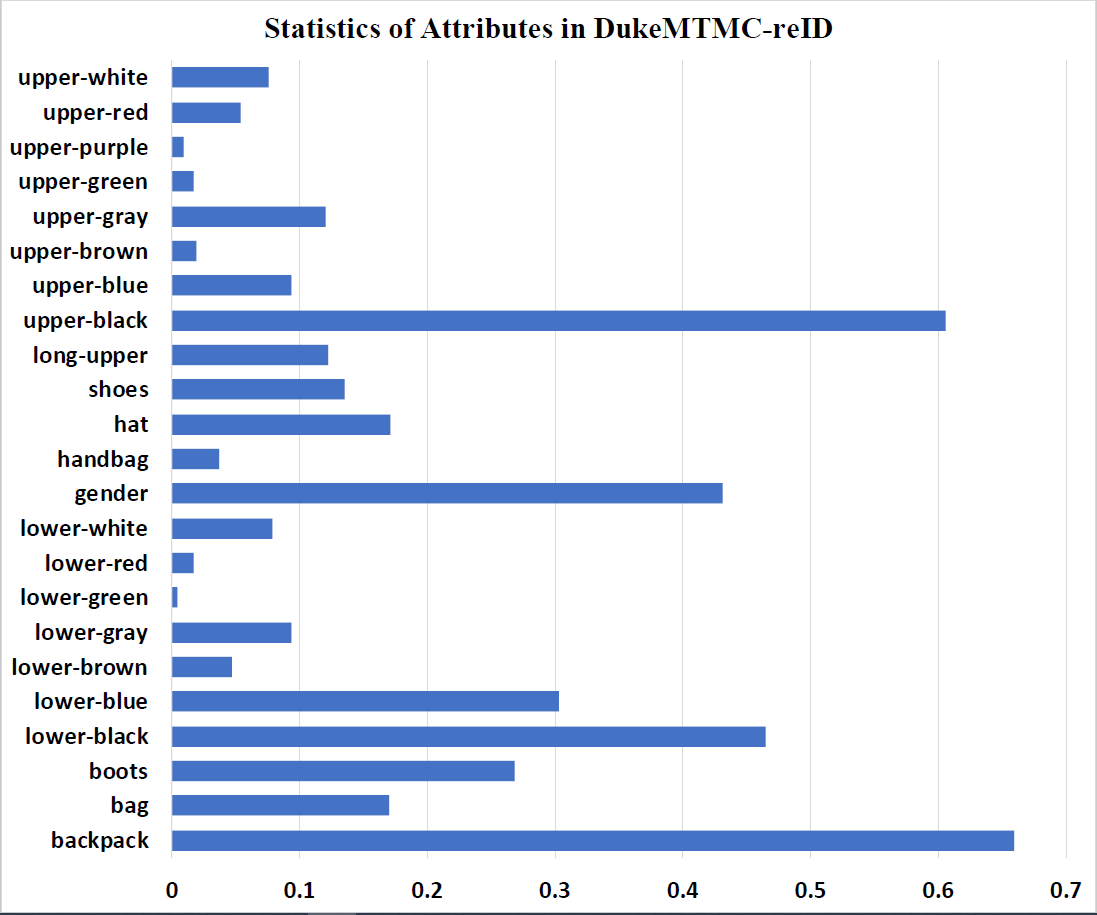
|
|
|
|
|
|
|
|
|
|
|
|
Download |
Videos at ICCV'2021 |
 Analysis |
GitHub Repo |
 |
 |
|
TBD TBD |
 |
Chen, Liu, Liu, Zhang, Zhang, Mei. Explainable Person Re-Identification with Attribute-guided Metric Distillation In ICCV, 2021 (Poster). (arXiv) |
 |
(Additional details/ supplementary materials) |
AcknowledgementsThis work was done when Xiaodong Chen was an intern at JD AI Research. |
Contact |